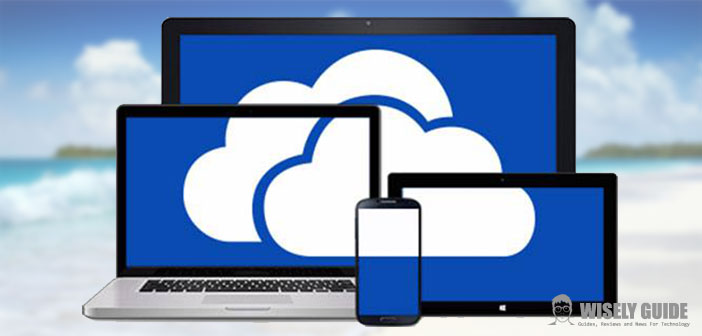OneDrive can only be used with NTFS drives after the last update
Microsoft updated OneDrive introducing an annoying limitation that service users discovered on their skin without any notice.
With the latest update, OneDrive has entered a heavy restriction. The cloud storage service only works if files are saved on formatted drives using the NTFS file system.
The new client used on Windows to synchronize data on the cloud account, in other words, no longer works with older file systems, such as exFAT and FAT32, and even with the most modern as ReFS. It works only with NTFS.
Users who had configured their client on formatted drives with different file systems found an alert when they started up after the update that ” OneDrive folder could not be created in the selected path “. This happened a few days ago, and then it was difficult to understand the motives behind the unexpected message. Users wondered if it was a bug, but they now have an official response.
The company has released to some international sites the following note freely translated:
” Microsoft OneDrive wants to provide users with the best synchronization experience possible on Windows, and that’s why OneDrive maintains NTFS support. Microsoft discovered the lack of a warning message whose presence was always expected when a user, he would have tried to save his OneDrive folder on a non-NTFS file system, a problem that was readily resolved. Nothing has changed in terms of official support, and all OneDrive folders will continue to require an NTFS file system, so they can be saved. “
The new update then introduces a limitation that has always been foreseen on Microsoft’s cloud storage service, although this does not detract from the fact that the company has released the limiting update to completely unrecognized users.
According to OnMSFT, there is a bottom line that has forced Microsoft to take the hard punch with the latest update, and the On-Demand on-client functionality.
For its operation, the company used an NTFS feature called Reparse Points, which provides a sort of ” placeholder ” in the file system from which it can retrieve content when requested by an application.
This is not an official motivation, but only as inferred by Robert Freudenreich, founder and CTO of Boxcryptor. Although unofficial, this seems to be a more comprehensive explanation than that released by Microsoft.

